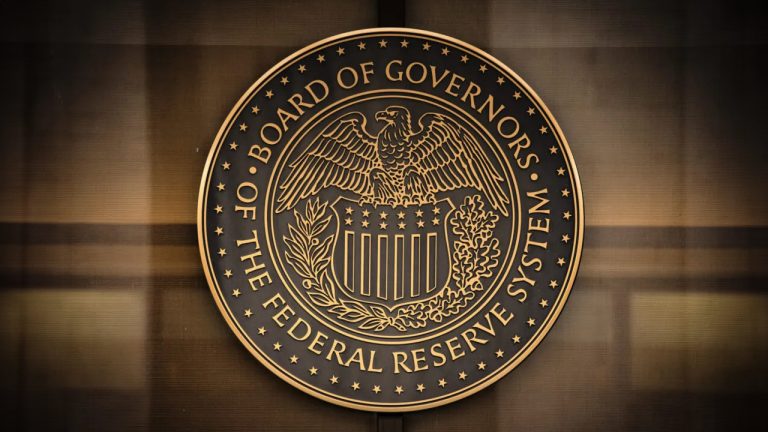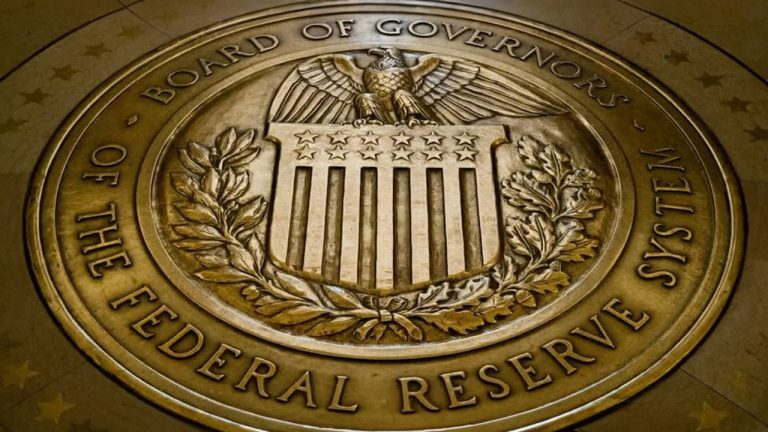
The meme trader revealed that he was down $235 million and held call options on 12 million GameStop shares in his YouTube livestream, dated June 7.
GameStop's Roaring Kitty, the trader behind the GameStop (GME) meme stock frenzy, is dominating the headlines following his first YouTube livestream in three years.
During the June 7 livestream, Roaring Kitty revealed his portfolio and announced that he was down $235 million, as GameStop shares fell sharply from the previous day's close of around $46 to a low of around $26. Shares of GameStop are trading around $28 at the time of this writing.
The meme trader, whose real name is Keith Gill, also disclosed that he had call options on 12 million shares of Gamestop's stock.

Bitcoin futures and options indicators remain stable even after BTC price swiftly rejected off the $63,500 level.
Bitcoin (BTC) dropped 3.3% on May 14, retesting the $61,000 support level, which was quickly defended. More importantly, this correction marked the second failed attempt within a week to surpass $63,500. Despite the less-than-optimal price action, Bitcoin bulls remain confident, as shown by BTC derivatives metrics.
Although the current Bitcoin price trend appears bearish, some analysts believe it still has a good chance to revisit prices above $70,000.
Trader and analyst Cryptotoad was impressed by how long the $60,500 support level has held. However, he asserts that a higher high, likely a daily close above $67,000, is needed to break the current bearish pattern. While this analysis does not rule out a potential price recovery, it clearly indicates that the trend points to prices below $57,000 in May.

Lower Bitcoin market volatility often precedes significant bull runs, suggesting that the current trend could propel prices toward the $100,000 to $150,000 range.
Bitcoin's (BTC) volatility in the annual timeframe has dropped below that of top tech stocks, including Tesla, Meta, and Nvidia, signaling its growth toward becoming a more mature and stable asset class.
As of May 11, Bitcoin's 1-year realized volatility, which represents the standard deviation of returns from the mean return of a market, was at around 44.88%. In comparison, the annualized realized volatility of "magnificent seven" stocks such as Tesla, Meta, and Nvidia was over 50%.
Moreover, Bitcoin has shown relatively lower volatility compared to 33 of the roughly 500 companies in the S&P 500 index, noted Fidelity Investment in its latest report.

The founders of crypto analytics platform Glassnode say that Bitcoin (BTC) may reach $85,200 before summer if a technical setup plays out. In a new thread, the co-founders of Glassnode , who go by the handle Negentropic on the social media platform X, tell their 62,800 followers that the crypto king appears to be breaking […]
The post $85,200 Bitcoin Before Summer? Glassnode Analysts Say BTC Breaking Out of Bullish Technical Pattern appeared first on The Daily Hodl.
 As each day unfolds, analysts, economists, Wall Street institutions, and Fed watchers have increasingly postponed their forecasts for when the U.S. Federal Reserve will reduce the benchmark interest rate. Current data suggest that a rate cut in June is unlikely, with odds standing at 50-50 for a reduction in July. Financial Analysts Question Timing of […]
As each day unfolds, analysts, economists, Wall Street institutions, and Fed watchers have increasingly postponed their forecasts for when the U.S. Federal Reserve will reduce the benchmark interest rate. Current data suggest that a rate cut in June is unlikely, with odds standing at 50-50 for a reduction in July. Financial Analysts Question Timing of […] The U.S. Consumer Price Index (CPI) experienced a higher increase than anticipated in March, climbing by 0.4% over the month to reach 3.5%. The Bureau of Labor Statistics reported that the rise was primarily fueled by increases in shelter and gasoline costs. This acceleration in the inflation rate has unsettled the financial markets, with many […]
The U.S. Consumer Price Index (CPI) experienced a higher increase than anticipated in March, climbing by 0.4% over the month to reach 3.5%. The Bureau of Labor Statistics reported that the rise was primarily fueled by increases in shelter and gasoline costs. This acceleration in the inflation rate has unsettled the financial markets, with many […] Attention is riveted on the Federal Reserve’s assembly set for May 1, with widespread anticipation that the U.S. central banking authority might lower the federal funds rate at this juncture of the year. Currently, market forecasts suggest a rate reduction is very unlikely, and Cleveland Federal Reserve President Loretta Mester has expressed her inability to […]
Attention is riveted on the Federal Reserve’s assembly set for May 1, with widespread anticipation that the U.S. central banking authority might lower the federal funds rate at this juncture of the year. Currently, market forecasts suggest a rate reduction is very unlikely, and Cleveland Federal Reserve President Loretta Mester has expressed her inability to […] On Wednesday, March 20, 2024, the Federal Open Market Committee (FOMC) declared that there will be no change to the federal funds rate for the time being. The committee emphasized its intention not to lower the target rate until there is “greater confidence that inflation is moving sustainably” toward the 2% target. Fed Pauses Rate […]
On Wednesday, March 20, 2024, the Federal Open Market Committee (FOMC) declared that there will be no change to the federal funds rate for the time being. The committee emphasized its intention not to lower the target rate until there is “greater confidence that inflation is moving sustainably” toward the 2% target. Fed Pauses Rate […]
Top US-based crypto exchange platform Coinbase says it will be raising $1 billion worth of convertible bonds from institutions. In a new press release, Coinbase announced today its intention to privately offer $1 billion worth of convertible notes due in 2030 to “persons reasonably believed to be qualified institutional buyers.” “The notes will be senior, […]
The post Coinbase To Raise $1,000,000,000 in Convertible Bonds From Institutional Buyers As COIN Rallies 81% in a Month appeared first on The Daily Hodl.

The head of research at market intelligence firm FundStrat says the stock market most likely has more room to run to the upside. In a new interview with CNBC Television, FundStrat’s Tom Lee says it’s too early to say the stock market’s in a bubble as there is no consensus yet that it isn’t in […]
The post Fundstrat’s Tom Lee Says Stock Market Not in a Bubble, Predicts Fed Won’t Hesitate To Cut Rates appeared first on The Daily Hodl.